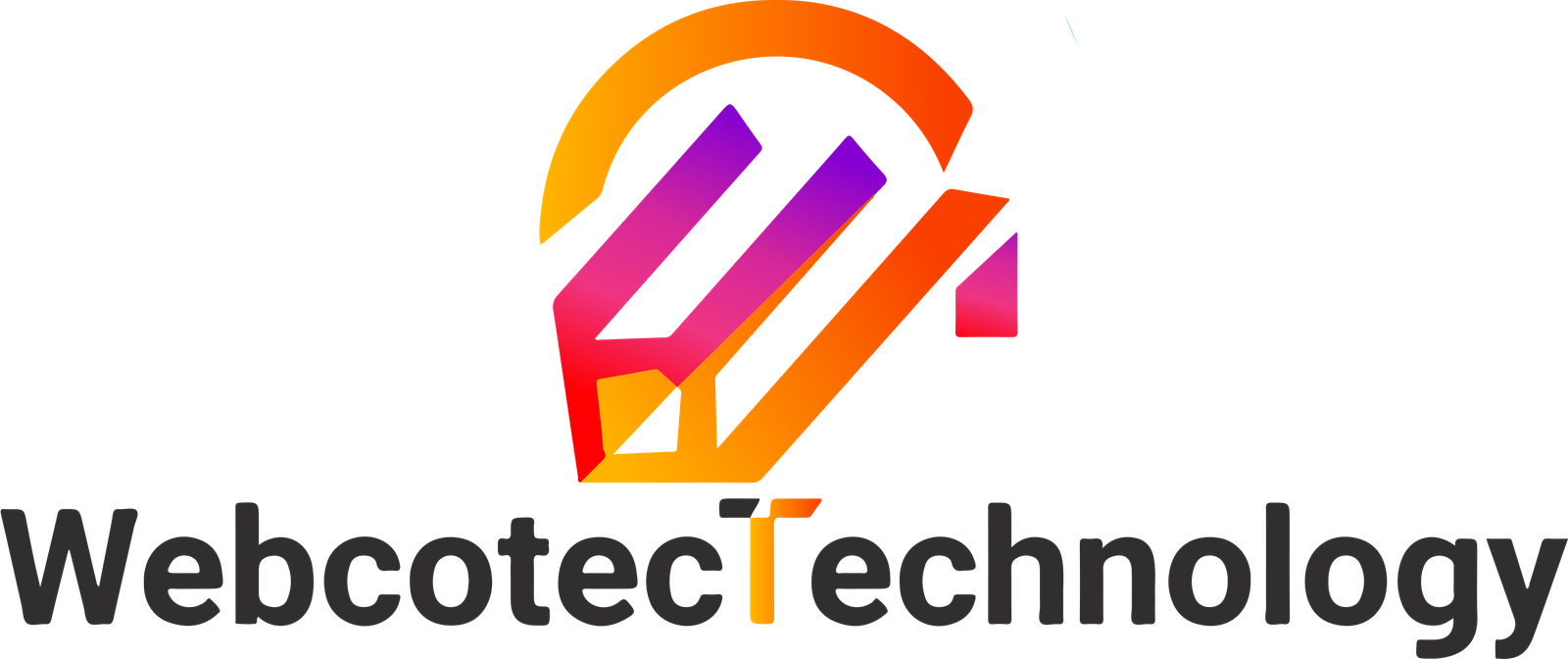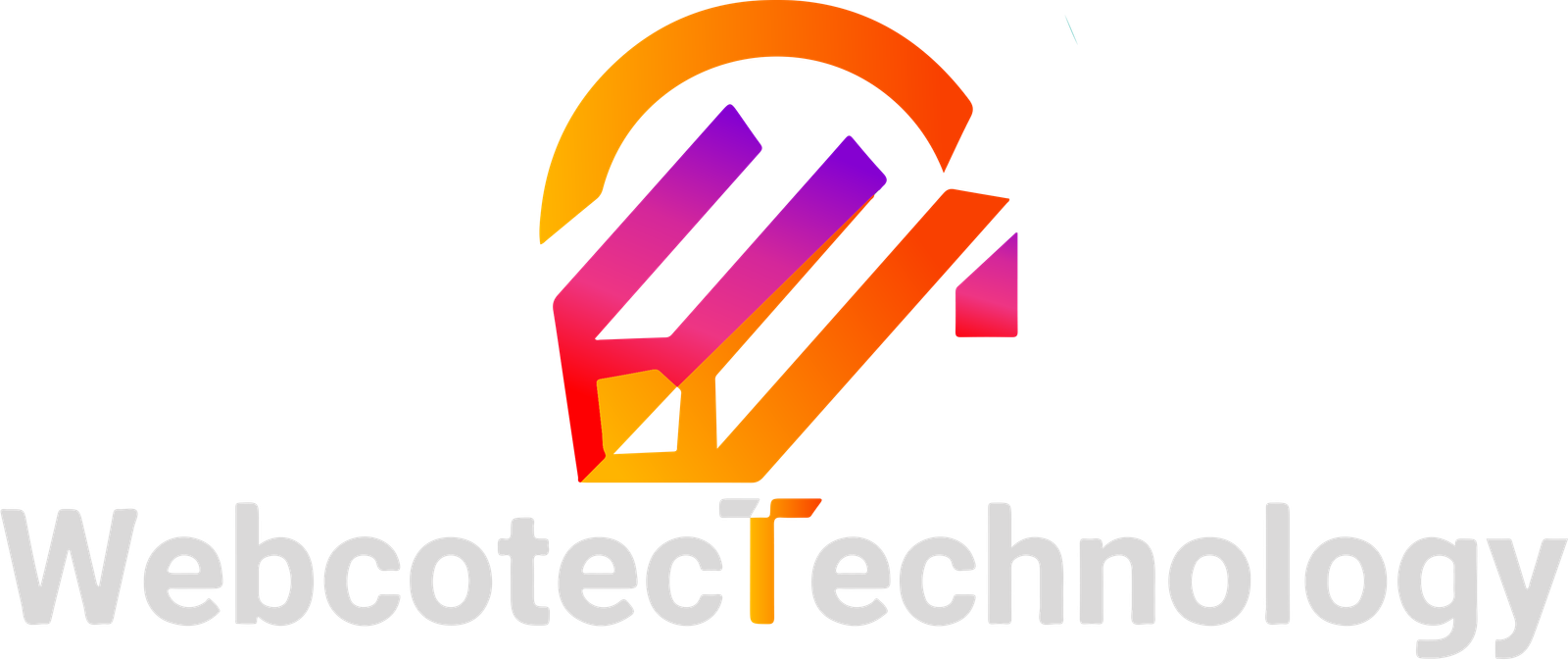Introduction
Images play a crucial role in enhancing the visual appeal of your WordPress website. However, if not optimized properly, they can significantly impact your site’s performance and user experience. In this article, we will discuss some effective techniques to optimize images in WordPress.
1. Choose the Right Image Format
When uploading images to your WordPress site, it’s essential to select the appropriate file format. The most commonly used formats for web images are JPEG, PNG, and GIF.
JPEG is ideal for photographs and complex images, as it provides high-quality visuals with relatively small file sizes. PNG is suitable for images with transparent backgrounds or those that require crisp details. GIF is commonly used for animated images.
2. Resize and Crop Images
Before uploading images to your WordPress site, it’s crucial to resize and crop them to the appropriate dimensions. Large images can significantly slow down your website’s loading speed and consume unnecessary bandwidth.
You can use image editing software like Adobe Photoshop or free online tools like Pixlr or Canva to resize and crop your images. Aim for an image size that fits well within your website’s layout without compromising on quality.
3. Compress Images
Compressing your images is an effective way to reduce their file size without compromising on quality. There are several WordPress plugins available that can automatically compress your images upon upload.
Popular image compression plugins include Smush, Imagify, and ShortPixel. These plugins use advanced algorithms to optimize your images, resulting in smaller file sizes and faster page load times.
4. Use Descriptive File Names
When saving your images before uploading them to WordPress, it’s essential to use descriptive file names. Avoid generic names like “IMG_1234” and instead use keywords relevant to the image content.
Descriptive file names not only improve the organization of your media library but also make it easier for search engines to understand what the image is about. For example, instead of “IMG_1234,” use “sunset-over-ocean.jpg.”
5. Add Alt Text
Alt text, also known as alternative text, is a brief description of an image that is displayed when the image cannot be loaded. Adding alt text to your images is not only beneficial for accessibility but also helps search engines understand the image content.
When adding alt text, be descriptive and concise. Include relevant keywords naturally, but avoid keyword stuffing. Alt text should accurately represent the image and provide context to visually impaired users and search engine crawlers.
6. Lazy Load Images
Lazy loading is a technique that defers the loading of images until they are visible in the user’s viewport. This significantly improves the initial page load time, especially for pages with multiple images.
There are several WordPress plugins available that enable lazy loading, such as Lazy Load by WP Rocket and A3 Lazy Load. These plugins automatically load images as the user scrolls down the page, reducing the overall page size and improving performance.
7. Use a Content Delivery Network (CDN)
A Content Delivery Network (CDN) is a network of servers distributed geographically that deliver website content to users based on their location. By using a CDN, you can serve your images from servers closest to your visitors, reducing latency and improving loading speed.
Popular CDN services like Cloudflare, MaxCDN, and Amazon CloudFront integrate seamlessly with WordPress. These services cache your images and deliver them efficiently, resulting in faster page load times for your users.
Conclusion
Optimizing images is crucial for maintaining a fast and user-friendly WordPress website. By following these techniques, you can ensure that your images are optimized for performance, accessibility, and search engine visibility. Remember to choose the right image format, resize and compress images, use descriptive file names and alt text, implement lazy loading, and utilize a CDN for optimal results.
By prioritizing image optimization, you can create a visually stunning website that loads quickly and provides an exceptional user experience.





